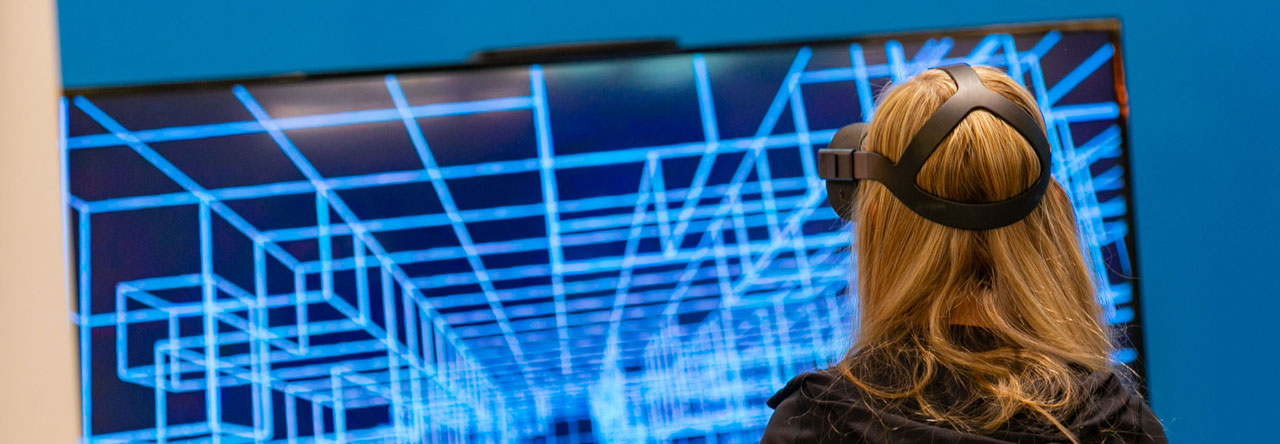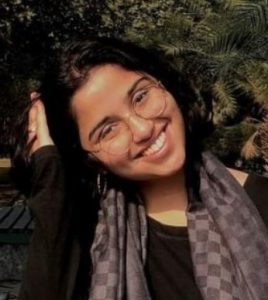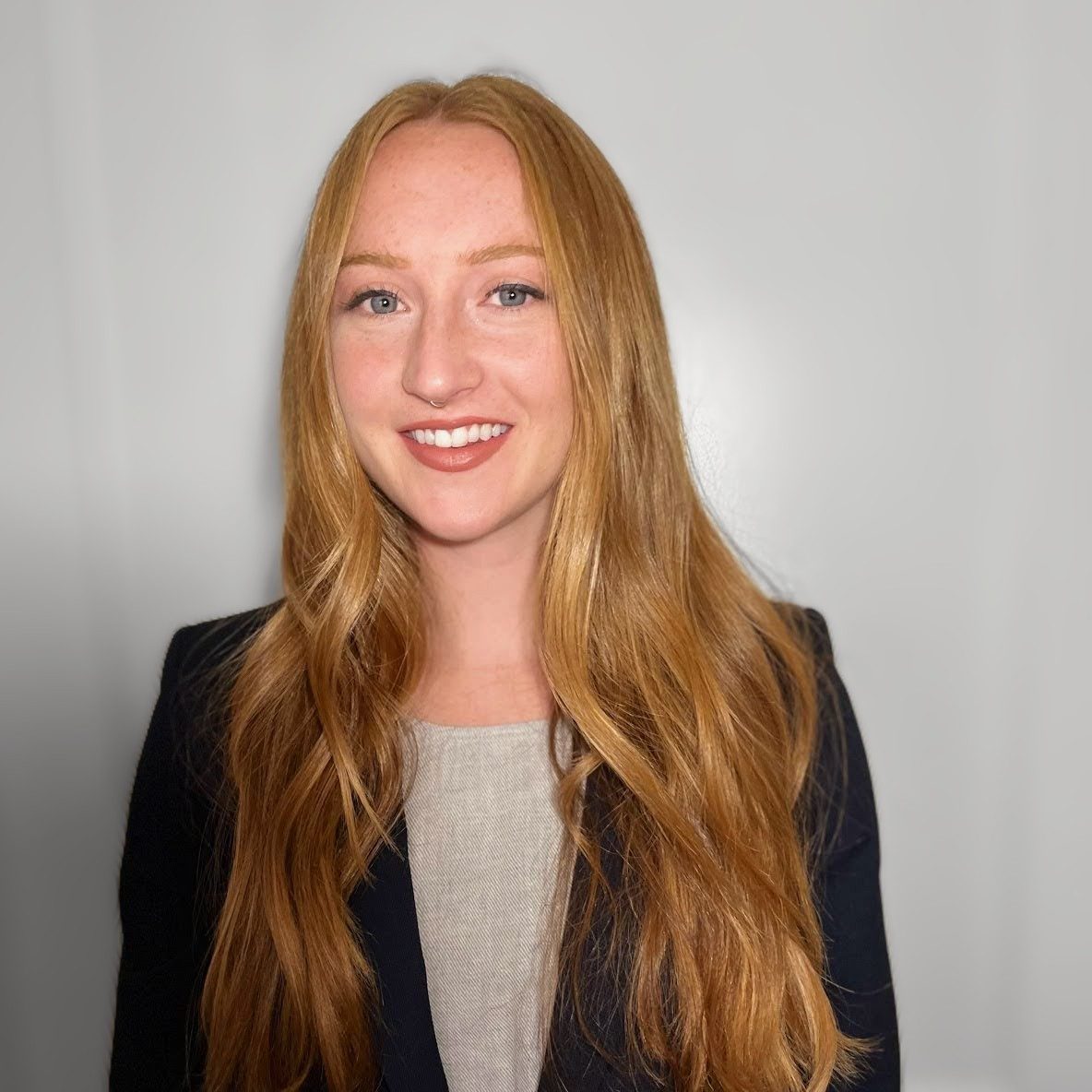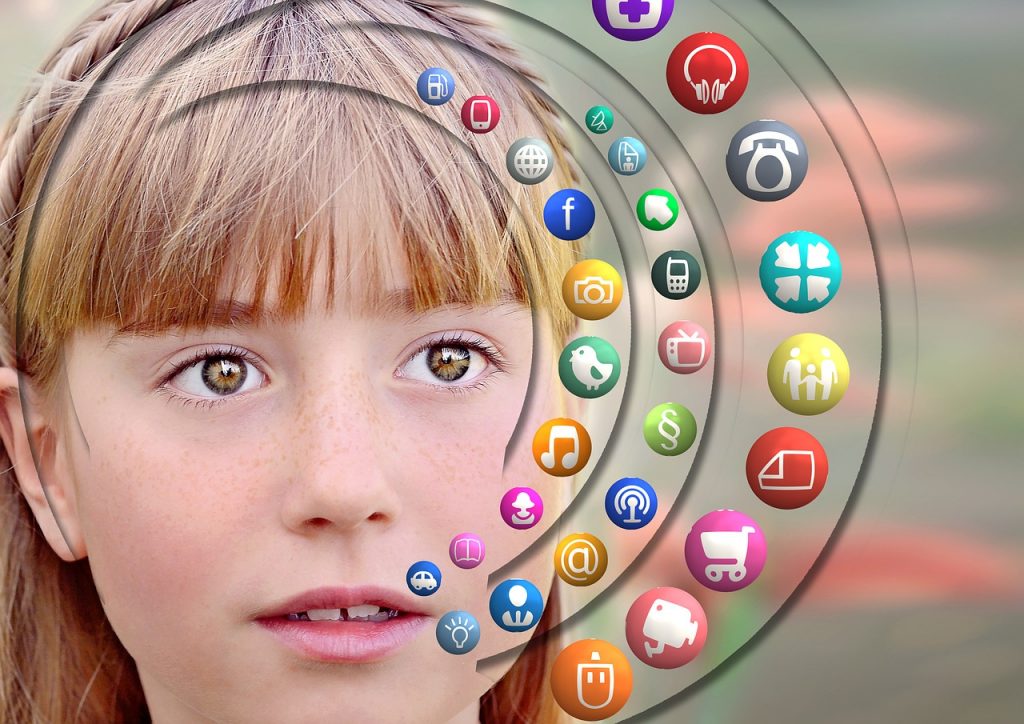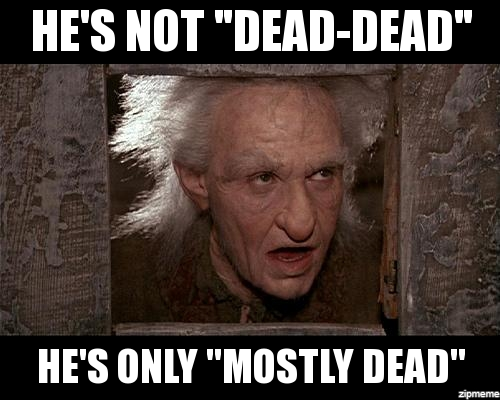Raise your hand if you learned about Mendel and his peas in high school biology.
It is a common misconception that this model of simple genetic traits applies for all traits. As a result, many students adhere to the idea of genetic essentialism, which concludes that even complex traits like skin color and intelligence are determined solely by someone’s genetics.

This is a notion that has been widely disproven in the scientific community for the past 20 years. However, there is a clear, historical roadblock in the community’s ability to translate this to the public — in a study to be published next month in Science, this group of scientists thinks they found a way.
Brian Donovan is a senior research scientist at BSCS Science Learning, and the principal investigator for a $1.29 million NSF project studying the effects of changing genetics education in American high schools.
On Wednesday evening, he gave a special talk at Duke to a standing-room-only crowd filled with the Biology and Evolutionary Anthropology departments, as well as about 50 assorted undergrads who were scribbling notes like they were going to be tested (myself included).
This talk is especially salient for the crowd in attendance: Duke has one of the most innovative introductory Biology courses in the nation (as anyone who has taken BIO202 with Dr. Willis will tell you), aimed specifically at combatting prejudice from misconceptions in genetic education.

Donovan’s grandparents were Holocaust survivors from Poland who experienced ethnic persecution at its highest, and he was inspired to combat these prejudices. Many people don’t realize that Nazism borrowed many of their tenets from Jim Crow laws, he discussed in the presentation. Not to mention the basic genetic model used in classrooms across the country — the Punnett Square — was developed in accordance with eugenics.
Donovan’s pitch was simple: a vaccine against racism.
According to numbers calculated in the study based on teenagers’ social media use and content, 13% of high school students in the U.S. could be exposed to racist manifestation during their high school career. And 98% of these kids take high school biology. Combatting racism with proper, well-rounded education on common misconceptions about genetics and race could be part of the solution.
But this doesn’t mean we need to nix Mendel altogether, Donovan says — we just need to restructure the narrative.

The new-and-improved curriculum (called “human(e) genetics,” which is very clever, if you ask me) focused on facets of genetics that are commonly considered fact by the scientific community.
- 0.1% of the human genome is variable between people.
- There is statistically more genetic variation within human populations than between them.
- Complex traits, like skin color and height, have very weak association with genetics alone.
- The relationship between environment and genetics is hard to quantify exactly. Studies in humans would be very unethical.
Height is a complex trait, just like skin color, says Donovan. These traits exist on a continuum. But you don’t make assumptions about people’s background based on their relative heights, yet the continuum of height variety is just as discrete as the continuum of skin color variety.
So, if all of this is such common knowledge, why is it not taught in classrooms already? Take this quote from a 1941 textbook called Biological and Human Affairs:

“There are no studies on how that impacted kids.” Donovan declared. “But I don’t think we need one after reading that. I think we can tell.”
After crunching a lot of numbers, Donovan’s team calculated that, considering the success rate of their humane genetics curriculum in experimental groups (the number of students who changed from agreeing with genetic essentialism to disagreeing with it), 52% of the original 13% exposed to racist ideals online would be protected from following them after this new education model.
Of course, this model can be expanded to address more issues than just racial prejudices. Donovan’s team has also conducted studies on the effects of humane genetics education on gender perception.
These studies have even more relevance today in the age of controversy in history and biology education in Florida and the CRT controversy across the nation. In the question-and-answer session, students critiqued the feasibility of instituting humane genetics education in these states as a result.
The best way to educate adults, Donovan answered, is to educate the masses. “I have to ask you all,” he gestured to the room, “to publish. We need to publish papers that confirm we have a scientific consensus.”
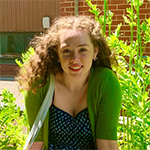
Post by Olivia Ares, Class of 2025
